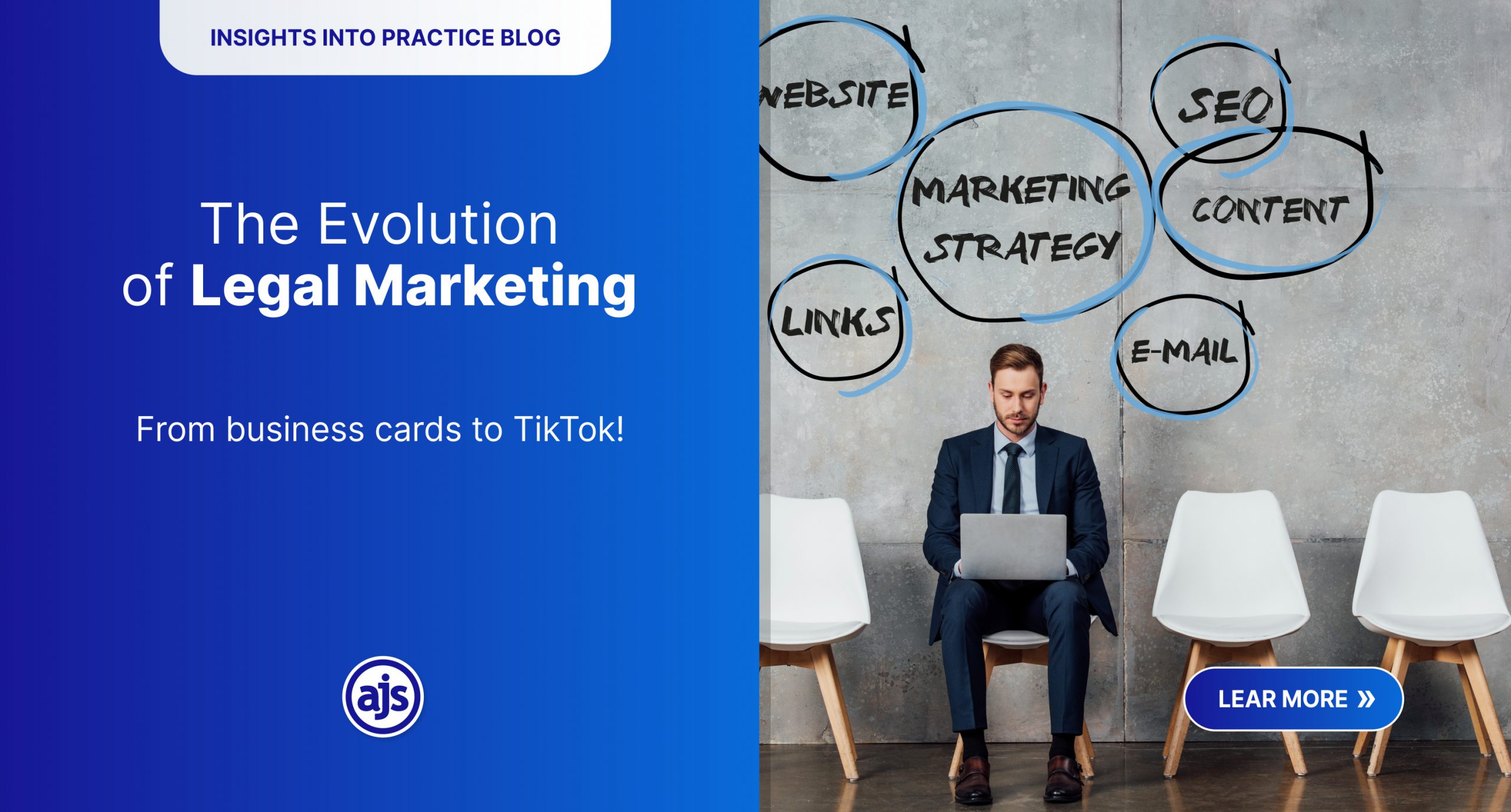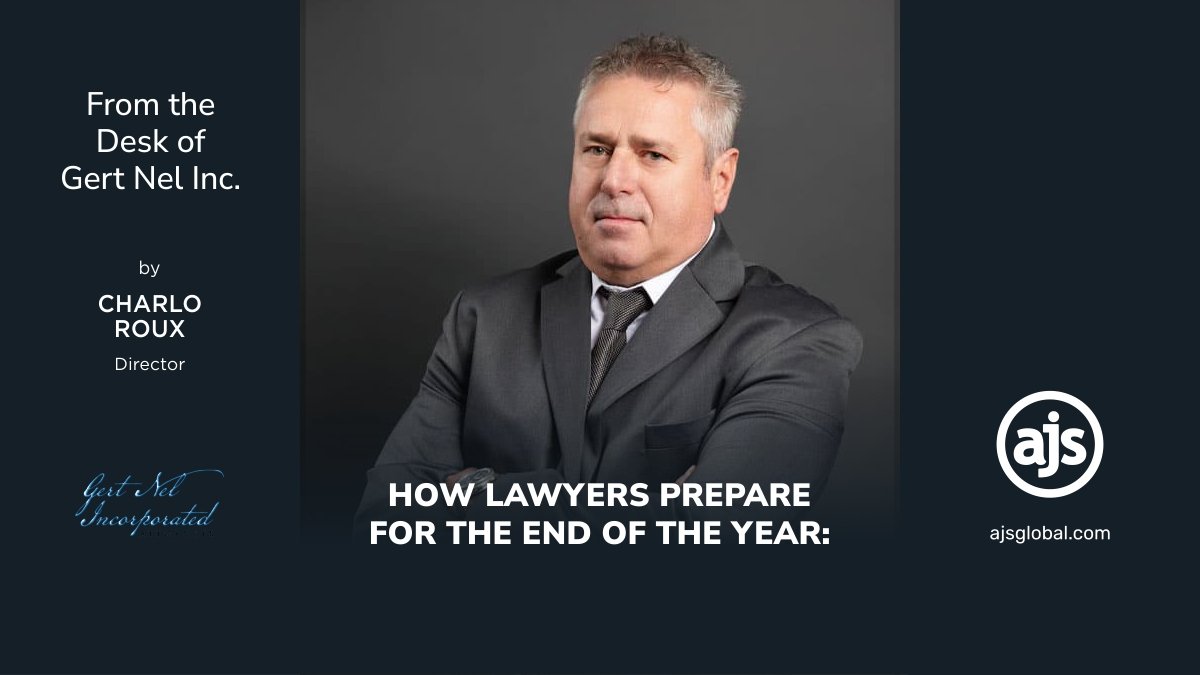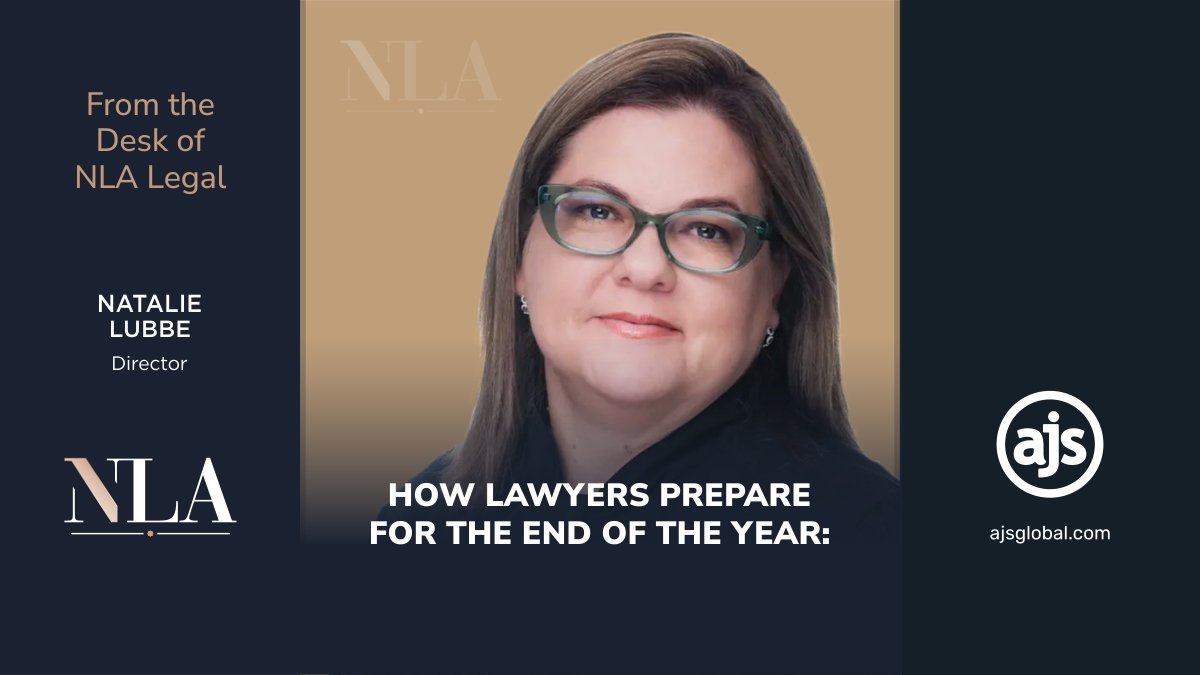
The Evolution of Legal Marketing
From Business Cards to TikTok!
Have you ever been curious as to what goes on in the minds of other legal practitioners? Have you ever wondered whether you measure up?
It’s only natural, after all it’s human nature to be curious about the world and the people around you – how do they do what they do?
With that in mind, join us as we investigate frequently discussed topics, with the aim of discovering innovative approaches to the practice of a law in an ever-changing and evolving world.
Take this blog’s topic: THE EVOLUTION OF LEGAL MARKETING – From business cards to TikTok!
Legal Marketing
Did you know that the first ever written ad comes from Egypt? According to a LinkedIn article published in 2016 titled The Oldest Ad In The World Was A Piece Of Content Marketing, the ad was found in the ruins of Thebes in Egypt. It was a Papyrus created in 3000 BC by a slaveholder trying to find a runaway slave whilst also promoting their weaving shop. According to the article, the story goes as follows –
“Around 3000BC, a fabric merchant called Hapu released a papyrus. In it, he offered a reward for the capture and return of an escaped slave called Shem – if found, he was to be returned to Hapu’s shop where the reward could be claimed. However, proving that business owners with an eye for a fast capitalist opportunity have been around for quite a while, Hapu also goes on to describe his shop – so people could find it – as that awesome rug shop that sells the dopest carpets in all of Egypt. Structurally, that’s telling a dramatic story, delivering a call to action, offering an incentive, and dropping the brand story in at the end”.
From the very first papyrus ad to the catchy jingles of the golden age of radio, advertising has come a long way. Evolving with the advent of each new medium, technological darling of the age, and significant cultural shift, advertising has taken on many shapes and has shown many faces.
In the legal profession, this evolution has been particularly interesting. Historically lawyers have always been unable to promote their wares (as it were), having to rely and depend on local awareness, word of mouth, an entry in the telephone directory and a brass plate outside their office. Touting for work was looked down on as unbecoming to the profession – your work and your reputation should speak for itself. It made garnering the attention of would-be clients difficult, if not impossible.
Advertising has had to navigate through the murky waters of ethical dilemmas and regulatory constraints to the toned down and restrained ads simply showing a law firm’s name and area of practice to ultimately reach the modern, data-driven strategies that have recently become the gold standard for law firms.
Nowadays, lawyers are free to put themselves out there – subject of course to normal advertising standards and laws and subject to the specific requirements set out by the Code of Conduct of the Legal Practice Council, specifically at Section 7, which says –
Legal practitioners shall ensure that all written and oral approaches (including letterheads) to clients, or potential clients, and all publicity, including the offering of services by publicity, made or published by or on behalf of a legal practitioner: are made in a manner which does not bring the legal profession into disrepute; are not offensive or inappropriate or do not constitute conduct, which is in bad faith, unreasonable or unfair in respect of a matter in which another legal practitioner has already received instructions; do not misrepresent the nature of the service offered; accord in every respect with the requirements of this paragraph; do not misrepresent, disparage, compare, criticise the quality of or claim to be superior to, the service provided by any other legal practitioner, whether or not such other legal practitioner is identified; do not refer to a client by name in any publicity or advertisement published by or on behalf of a legal practitioner unless: the prior written consent of the client had been obtained; or the advertisement relates solely to the sale or letting of a client’s property.
A whole world of promotional and marketing channels is now available to law firms, including social media, email marketing, blog posts, traditional and digital advertising, and so much more.
The Digital Revolution
Until recently, legal marketing has mainly been about visibility in physical spaces and reaching people through mass media – you know the traditional billboards, bus bench ads – all forms of print media. And for the most part, they proved successful – at least insofar as ensuring good brand presence is concerned. But it fell short with the interaction of clients. And in a way, because it had all been done before, it kind of failed to grab the attention of individuals needing legal advice, and not knowing which way to turn.
With the emergence of and continuous development of digital technology, a major turning point was brought about in the land of legal marketing. Now, a law firm’s website not only showcased their services but also provided a space for education and interaction. Two major drawcards where print media had failed to.
Today, law firms have been able to embrace SEO (Search Engine Optimization), make the most of PPC (Pay-Per-Click) advertising, use content marketing to showcase their expertise and embrace social media to connect with their clients –
- Search engine optimization (SEO) – involves optimizing a law firm’s website to rank higher in search engine results, making it easier for potential clients to find them.
- Pay-per-click (PPC) advertising – allows law firms to bid for ad placement in search engine results, paying only when someone clicks on their ad.
- Social media platforms – like LinkedIn, Facebook, X, Instagram and TikTok have enabled law firms to share content, engage with their audience (and potential clients), and showcase their expertise in a way like never before, and lastly
- Content marketing – through blogs and articles have become a way for law firms to demonstrate their knowledge and expertise by providing valuable insights to potential clients, encouraging trust and credibility.
And this has completely changed how firms attract new clients, retain existing clients, as well as how they connect and interact with their audience.
But that’s not where it ends.
With the advent and integration of artificial intelligence (AI) and machine learning into digital marketing, a new era of efficiency and personalisation has been ushered in. These technologies analyse vast amounts of data to identify patterns and predict future trends, enabling law firms to tailor their marketing efforts more precisely. An added bonus to be sure.
AI-powered chatbots that have become so popular recently are one of the most visible applications of this technology. These chatbots provide instant responses to client enquiries on law firm websites, improving user experience and capturing leads, usually outside of regular business hours. Machine learning algorithms also enhance SEO and PPC strategies. These algorithms can analyse user behaviour to determine which keywords are most effective, and then even predict which clients are most likely to convert. This data-driven approach ensures that marketing efforts are targeted and cost-effective, maximising return on investment (ROI).
Personalisation in marketing terminology is not just a buzzword, it’s a significant benefit of AI and machine learning in digital marketing. And with the continuous development of digital technology there’s no limit to what can be done in the future – only time (and ingenuity) will tell.
– Written by Alicia Koch on behalf of AJS
(Sources used and to whom we owe thanks: Consultwebs; Lawfuel; Forward Lawyer Marketing; Chronicle law and LinkedIn)





Leave a Reply